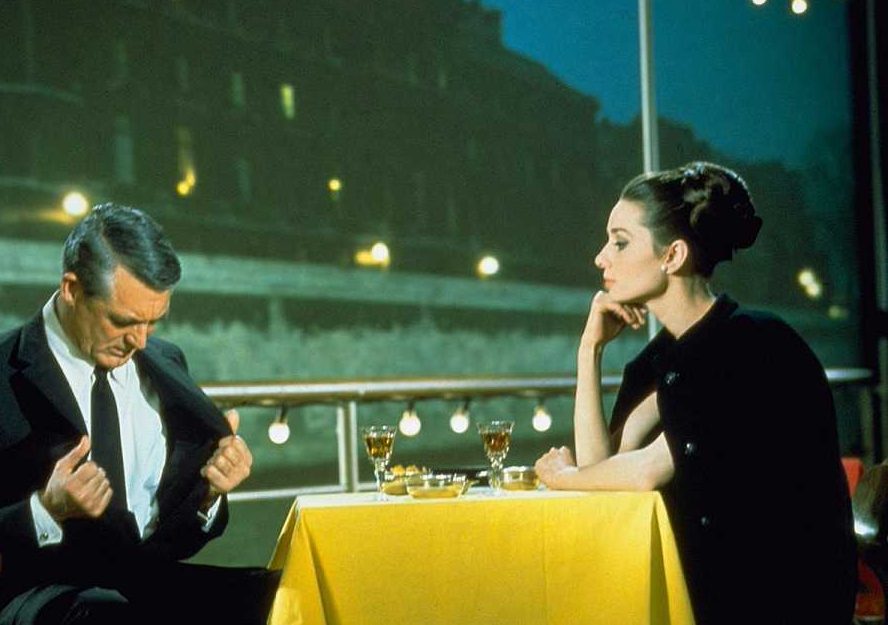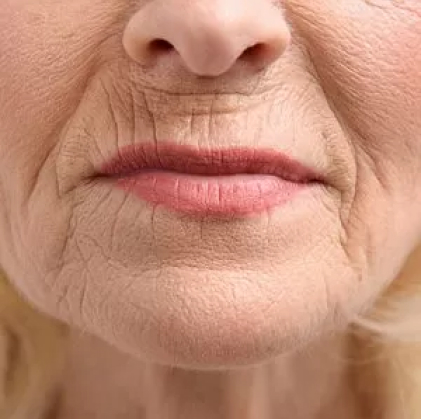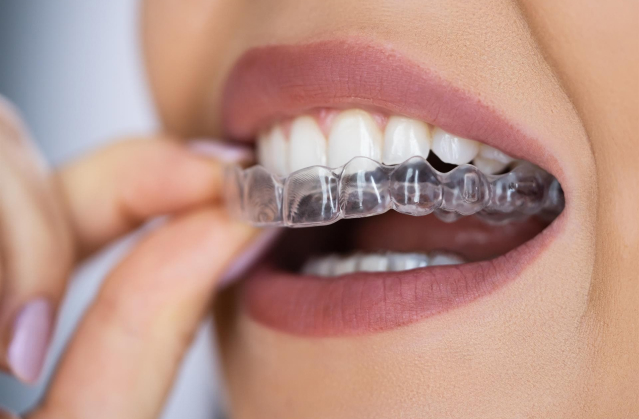In Doctors Lopez Clinic, we are firm defenders of naturalness in beauty, however, this has not always been the case. These canons have been changing with the evolution of society. We have proof of this in the cinema, where women's beauty ideals have been changing depending on the time.
Throughout the history of cinema, we have witnessed a fascinating evolution in the canons of female beauty. From the 1920s to the present, the big screen has reflected and, in many cases, shaped perceptions of beauty in society.
Female beauty in cinema over the years
In the decade of 1920, flappers challenged established norms with their style and attitude. Women of the time abandoned corsets and adopted more liberating silhouettes. actresses like Louise Brooks they embodied the bold, liberated beauty of the jazz age. However, the Great Depression of the 1930s brought with it a softer aesthetic, epitomized by stars such as Ginger Rogers and Bette Davis.
The 50s presented a radical change with the emergence of the voluptuous curves of Marilyn Monroe, who defied previous standards of thinness. The decade of 1960 saw the arrival of Audrey Hepburn, elegance and sophistication, which ended up shifting the preference for curves towards a slimmer and more stylized figure.
With the arrival of the decade of 1980, stars emerged like Brooke Shields, whose athletic and healthy appearance marked a change from previous trends. However, the obsession with thinness reappeared in the 90's, with figures like Kate Moss defining the aesthetics of the time.
The 21st century
In it XXI century, cinema has adopted a more inclusive view of beauty. actresses like Lupita Nyong'o and Melissa McCarthy challenge conventional standards, highlighting diversity in female representation. The acceptance of different body types and the promotion of authentic yet healthy beauty have become central themes in current cinema.
In short, the evolution of the canons of female beauty in the history of cinema reflects not only aesthetic changes, but also social and cultural transformations. From the rebellious flappers of the 1920s to contemporary stars who defy expectations, cinema has been a mirror that reflects and, in some cases, leads the way. evolution of the perception of female beauty over the decades.



